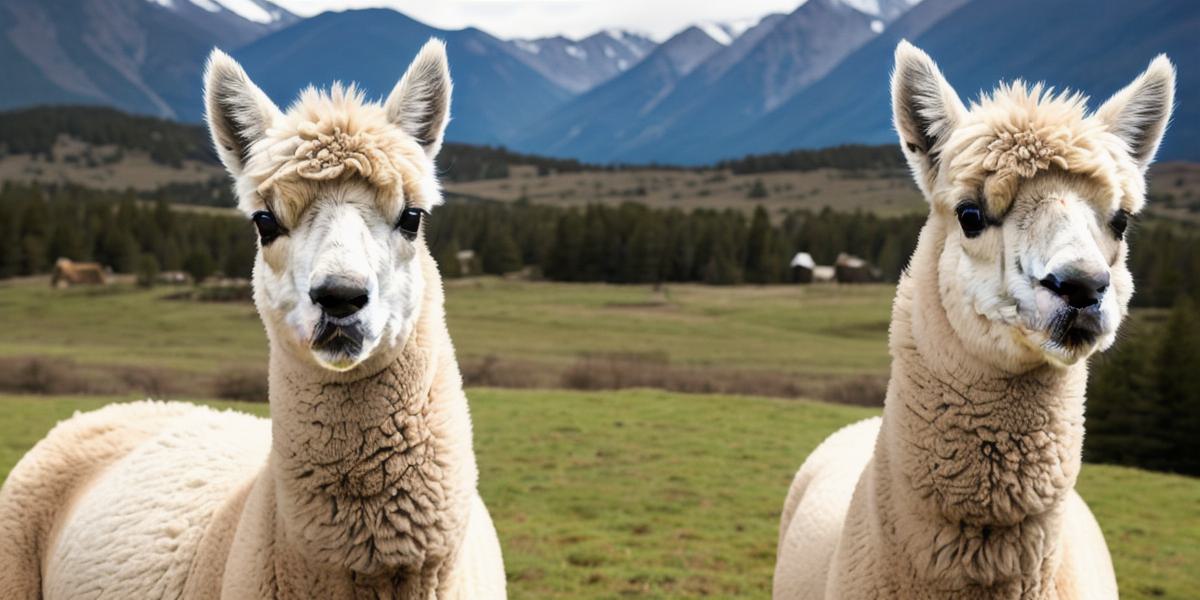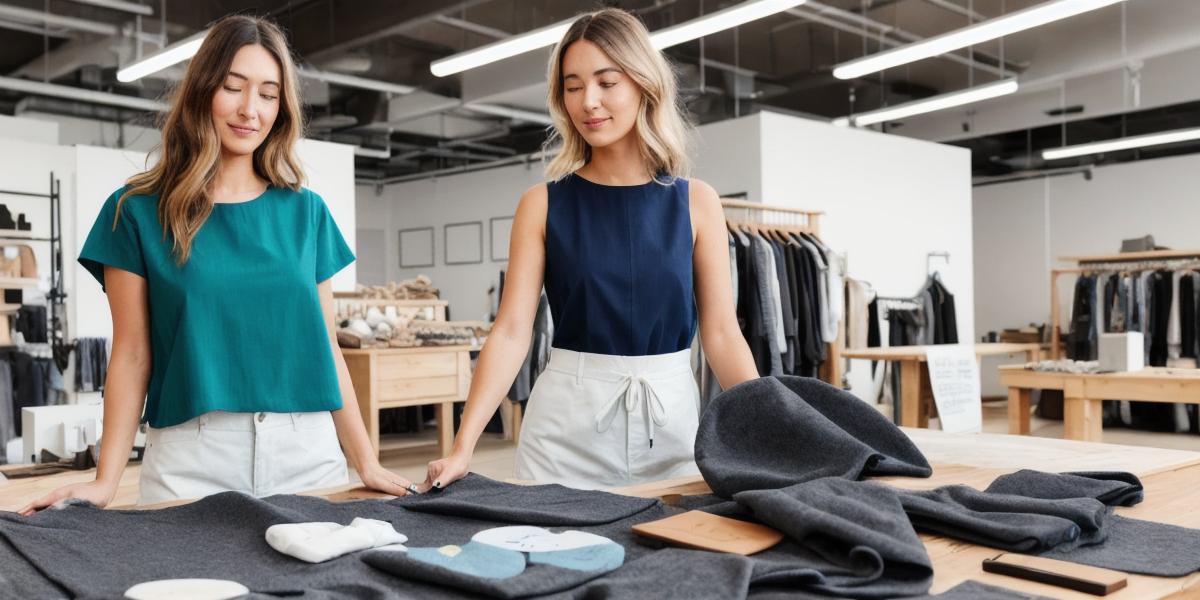Dealing with the loss of a loved one is never easy, but managing their estate can be an added burden. If you find yourself in this situation, it’s important to take the necessary steps to wind up the deceased estate as quickly and efficiently as possible. In this article, we will provide a step-by-step guide on how to wind up a deceased estate, including tips for navigating the process and avoiding common pitfalls.
Step 1: Find the Will
The first step in winding up a deceased estate is to locate the will. The will should outline the instructions for how the assets will be distributed and who will be responsible for managing the estate. If the will cannot be found, it can be a lengthy process to determine the intended distribution of assets, so it’s important to start with this step.
Step 2: Hire an Executor
The executor is responsible for carrying out the instructions in the will and managing the deceased estate. It’s important to choose someone who is trustworthy, organized, and has experience with financial management. The executor can be a family member, friend, or attorney. If you do not have anyone suitable to act as executor, you may need to hire a professional executor.

Step 3: Inventory the Assets
The next step is to inventory all assets owned by the deceased. This includes real estate, personal property, bank accounts, investments, and any other assets. It’s important to be thorough and accurate when taking inventory, as this will help determine the value of the estate and ensure that all assets are accounted for.
Step 4: Settle Debts
The deceased may have outstanding debts, such as credit card balances, loans, or mortgages. It’s important to settle these debts as quickly as possible, as they can impact the value of the estate and potentially hold up the distribution of assets. If the deceased had a life insurance policy, this may be used to pay off debts.
Step 5: Distribute Assets
Once all debts have been settled, it’s time to distribute the assets according to the instructions in the will. This may involve dividing assets among family members or selling property to pay off debts or distribute assets. It’s important to keep accurate records of all transactions and ensure that everything is done in accordance with the will.
Step 6: File Taxes
The executor will be responsible for filing taxes on behalf of the estate. This may include federal income tax, state income tax, and estate tax. The tax laws can be complex, so it’s important to work with a qualified tax professional to ensure that all taxes are filed correctly and on time.
Step 7: Close Accounts
The final step is to close all accounts associated with the deceased, including bank accounts, credit card accounts, and any other financial accounts. This will help prevent fraud and ensure that the assets of the estate are properly managed.
Common Pitfalls to Avoid
While winding up a deceased estate can be a complex process, there are several common pitfalls to avoid:
- Not Finding the Will: If the will cannot be found, it can be a lengthy and expensive process to determine the intended distribution of assets.
- Choosing an Unsuitable Executor: The executor is responsible for managing the estate, so it’s important to choose someone who is trustworthy, organized, and has experience with financial management.
- Not Inventorying Assets Accurately: It’s important to be thorough and accurate when taking inventory of assets, as this will help determine the value of the estate and ensure that all assets are accounted for.
- Not Settling Debts: Outstanding debts can impact the value of the estate and potentially hold up the distribution of assets.
- Failing to File Taxes: The executor will be responsible for filing taxes on behalf of the estate, so it’s important to work with a qualified tax professional to ensure that all taxes are filed correctly and on time.
- Not Closing Accounts: Failing to close accounts associated with the deceased can leave the estate vulnerable to fraud and ensure that the assets are properly managed.
Summary
Winding up a deceased estate can be a challenging process, but by following these steps and avoiding common pitfalls, you can ensure that everything is done in accordance with the will and the wishes of the deceased.



